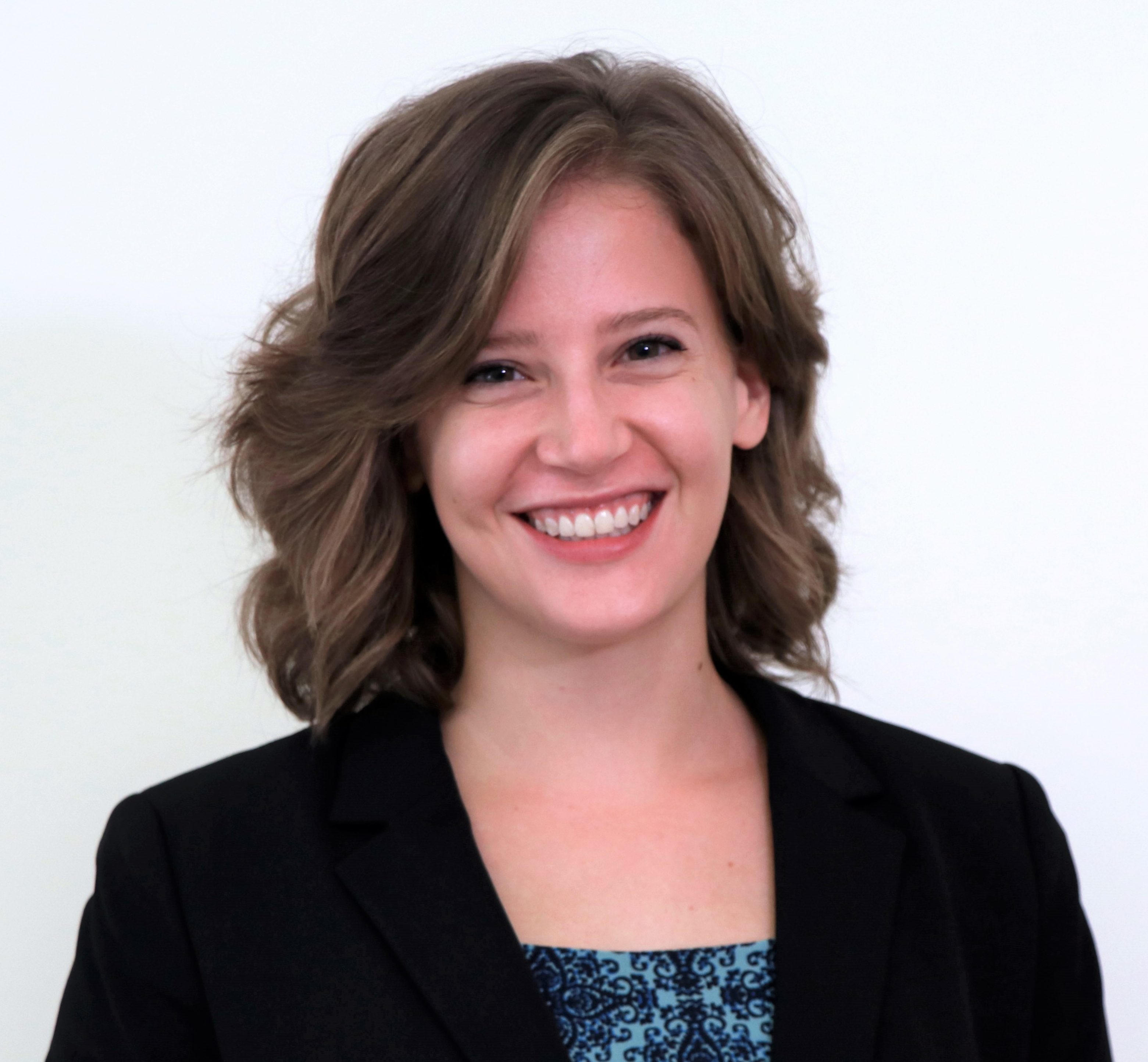Research
My main research focus is in using medical imaging in unconventional ways. My expertise is in quantitative, interventional, and low-field Magnetic Resonance Imaging (MRI) as well as minimally-invasive therapies such as Focused Ultrasound.
Conventional MRI used in the clinic today is mostly qualitative - images are acquired of the patient with various contrasts. These weighted images are sent to an expert radiologist who draws margins and makes diagnosis based on the images. However, the same acquisition can yield different contrasts between different people, or even the same person on different days or a different MRI scanner. Quantitative MRI offers the potential to make measurements of the human body that are independent of variations in the scanner or person. Additionally, quantitative MRI can offer measurable feedback about the body’s internal functions. Unfortunately, there are still many barriers to wide clinical adoption of quantitative MRI into the clinic.
I got my start in research as an undergraduate where I worked in a biophotonics lab creating minimally-invasive biosensors out of red blood cells and fluorescent dye. I was first introduced to MRI through a research internship at UT Southwestern Medical center where I worked on a project to monitor insulin release using MRI and a functional contrast agent. This sparked my interest in MRI and pushing it beyond the conventional capabilities of weighted imaging. This inspired me to pursue my PhD in interventional MRI, where I strove to integrate MRI with therapeutic modalities such as focused ultrasound. This unique approach would allow non-invasive surgeries, guided by MRI, building on my desire to push MRI beyond the bounds of normal applications. During my postdoc at NIST I have focused on quantitative MRI techniques. I am working to integrate multiple areas of quantitative MRI to gain an understanding of error and validation of these tools. In particular I focus on MR Fingerprinting (both novel contrast mechanisms and uncertainty analysis) and cellular-level validation of parametric mapping (T1,T2,ADC).
I have enjoyed working across boundaries, learning new techniques, and even mixing in a bit of my interventional expertise. At NIST I learned of low-field MRI and have been aiding group efforts to construct low-field hardware for novel clinical applications. I am particularly interested in making MRI more reliable and accessible through the combination of quantitative MRI and low-field systems.
This page is a work in progress and will be updated with project descriptions and links to relevant publications at some point in the near future.
